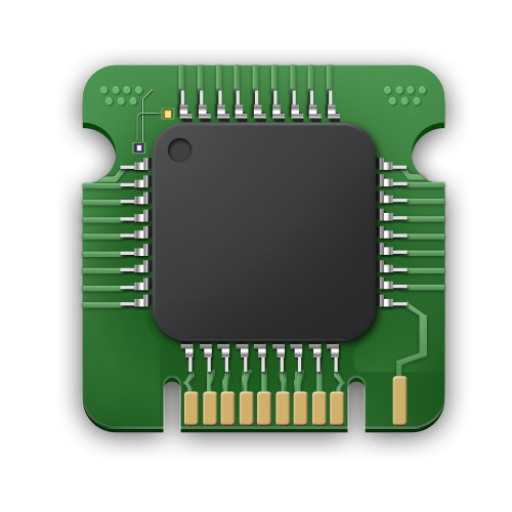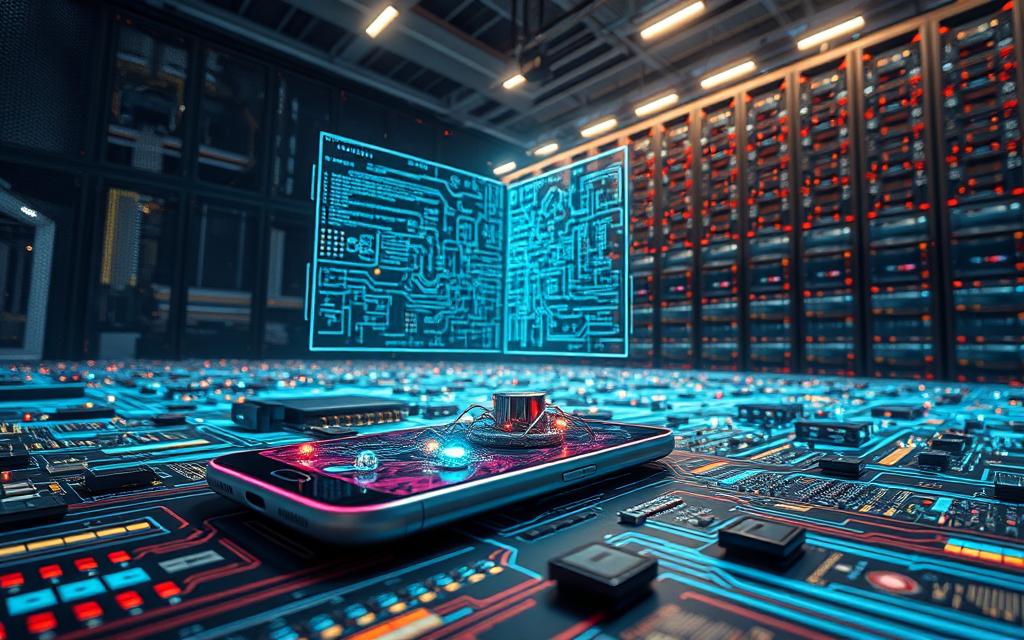The term technology is frequently used in modern society, often in conjunction with science. However, its precise meaning is not as widely understood. Many people equate it with gadgets or devices, while others view it as the sum of advancements that differentiate the present from the past.
In a research and development context, technology is defined as the practical application of knowledge to achieve something new or to do something in a new way. This comprehensive overview will explore the true scope of technology, examining its role in human development and its impact on civilization from prehistoric times to the digital age.
We’ll analyze the complex relationship between technological advancement and societal evolution, including how social needs drive innovation, and consider the future trajectory of technology in our rapidly changing world.
Understanding What is About Technology in the Modern World
Technology has become an integral part of our existence, revolutionizing the manner in which we interact with one another and our surroundings. As we continue to navigate the complexities of the modern world, it is essential to understand the role that technology plays in shaping our lives.
Defining Technology: More Than Just Gadgets
Technology is often misconstrued as being synonymous with gadgets and machinery. However, it encompasses a broader spectrum of techniques and tools that are designed to solve specific problems or improve the human experience. At its core, technology is about applying knowledge to create innovative solutions that make our lives easier and more efficient.
The development of technology is driven by the need to overcome limitations and push beyond the boundaries of what is currently possible. This drive for innovation is what propels engineering and technological development forward, enabling people to achieve greater things.
The Fundamental Purpose of Technology
The fundamental purpose of technology is multifaceted. It serves as a force multiplier for human effort, allowing individuals to achieve more with less physical exertion through the clever application of knowledge and techniques. By extending human capabilities beyond natural limitations, technology enables us to accomplish tasks that would otherwise be impossible.
- The development of new technologies is driven by the need to overcome specific limitations or create new possibilities.
- Technology functions as an enabling activity that expands our scope of action, whether in everyday tasks or specialized fields like space exploration.
By understanding the purpose and definition of technology, we can better appreciate its impact on our lives and the role it plays in shaping our future.
The Evolution of Technology Throughout Human History
The history of technology is a long narrative of human innovation and adaptation. Throughout the ages, technology has played a crucial role in shaping human civilization, from the simplest tools to complex digital systems.

From Stone Tools to Digital Revolution
The journey of technology began approximately 400,000 years ago with the mastery of fire, a transformative achievement that enabled cooking, protection, and eventually metallurgy. As human societies evolved, so did their techniques and innovation. Agricultural technology emerged around 10,000 BCE, allowing for permanent settlements and labor specialization beyond food production.
The subsequent Bronze and Iron Ages introduced new materials that expanded technological possibilities and military capabilities. The invention of writing systems around 3200 BCE revolutionized information storage and transmission, enabling more complex social organization and knowledge preservation.
Key Technological Milestones That Shaped Civilization
Several key milestones have marked the evolution of technology. The Industrial Revolution brought about significant development with innovations like the steam engine, electricity, and mass production methods, creating unprecedented economic growth while transforming social structures. The advent of digital computing and networking technologies has led to an information revolution, reshaping how humans communicate, work, and organize society.
For a more detailed understanding of the history of technology and its impact, it’s essential to explore how these advancements have influenced human behavior and culture, as discussed in various studies on how technology affects people.
The Relationship Between Technology and Society
The bond between technological advancements and societal needs is a dynamic and reciprocal one. Technology is not just a product of society; it also shapes the way society functions. As we explore this relationship, it’s essential to understand how social needs drive technological innovation and how technology, in turn, impacts human behavior and culture.
Drivers of Technological Innovation
Social needs play a significant role in driving technological innovation. As society evolves, new challenges and opportunities arise, prompting the development of new technologies. For instance, the need for efficient communication led to the invention of the internet and subsequently, social media platforms. According to recent trends, the current generation of technology is focused on enhancing connectivity and accessibility.
The acquisition of techniques is a cumulative process, with each generation building upon the technological advancements of the previous one. This cumulative nature of technology allows for continuous innovation, driven by societal demands for improved efficiency, productivity, and quality of life.
Impact on Human Behavior and Culture
Technology fundamentally reshapes human behavior by altering what activities are possible, efficient, or socially valued. Communication technologies, in particular, have profound effects on culture, transforming how ideas spread and communities interact. The advent of digital technologies has accelerated cultural change by connecting previously isolated communities and enabling the rapid dissemination of ideas across traditional boundaries.
| Technological Advancement | Impact on Society |
|---|---|
| Communication Technologies | Transformed how ideas spread and communities interact |
| Digital Technologies | Accelerated cultural change by connecting isolated communities |
| Social Media Platforms | Changed the way people interact and share information |
The relationship between technology and culture is reciprocal. Cultural values influence which technologies are developed and adopted, while those technologies, in turn, reshape cultural norms. As we move forward, it’s crucial to be aware of the potential impacts of technological advancements on society and to harness these advancements to create a more equitable and prosperous world.
Major Fields and Applications of Modern Technology
As technology continues to evolve, its applications have expanded into diverse areas, including information technology, medical advancements, industrial processes, and sustainable practices. This diversification has led to significant breakthroughs in various fields.
Information and Communication Technologies
Information and Communication Technologies (ICTs) have revolutionized the way we communicate and access information. Different types of information technology have enabled faster and more efficient data exchange, transforming businesses and personal interactions. The development of new technologies in ICT has opened up new avenues for global connectivity.
Medical and Healthcare Technologies
Medical and Healthcare Technologies have made tremendous progress, improving diagnosis, treatment, and patient care. Advances in medical engineering have led to the development of sophisticated medical devices and equipment, enhancing healthcare services. These technologies have addressed various problems in healthcare, leading to better patient outcomes.

Industrial and Manufacturing Technologies
Industrial and Manufacturing Technologies have transformed production processes and improved product quality. The use of advanced materials and automation has increased efficiency and reduced costs. These technologies have also enabled the development of new products and manufacturing techniques, driving industrial growth.
Environmental and Sustainable Technologies
Environmental and Sustainable Technologies address pressing issues like resource depletion, pollution, and climate change. Innovations in renewable energy, water purification, and waste management have made significant contributions to sustainability. For instance, technologies like solar photovoltaics and wind turbines are transforming the energy landscape, reducing our reliance on fossil fuels and mitigating environmental impact. According to a reliable source, the adoption of these technologies is on the rise, indicating a positive trend towards a more sustainable future. Over the course of time, these advancements are expected to continue shaping our approach to environmental conservation.
Conclusion: The Future Trajectory of Technology
As we look to the future, it’s clear that technology will continue to shape our world in profound ways. The course of human history has been forever altered by technological advancements, and this trend is expected to continue. New technologies will emerge, transforming the way people live, work, and interact with one another.
The future trajectory of technology will be characterized by increasing convergence between previously separate fields, driving innovation and enabling new processes and artifacts. As people continue to push the boundaries of what is possible, we can expect significant advancements in various areas, ultimately benefiting society as a whole. The world will become increasingly interconnected, with technology playing a vital role in shaping our collective future.







